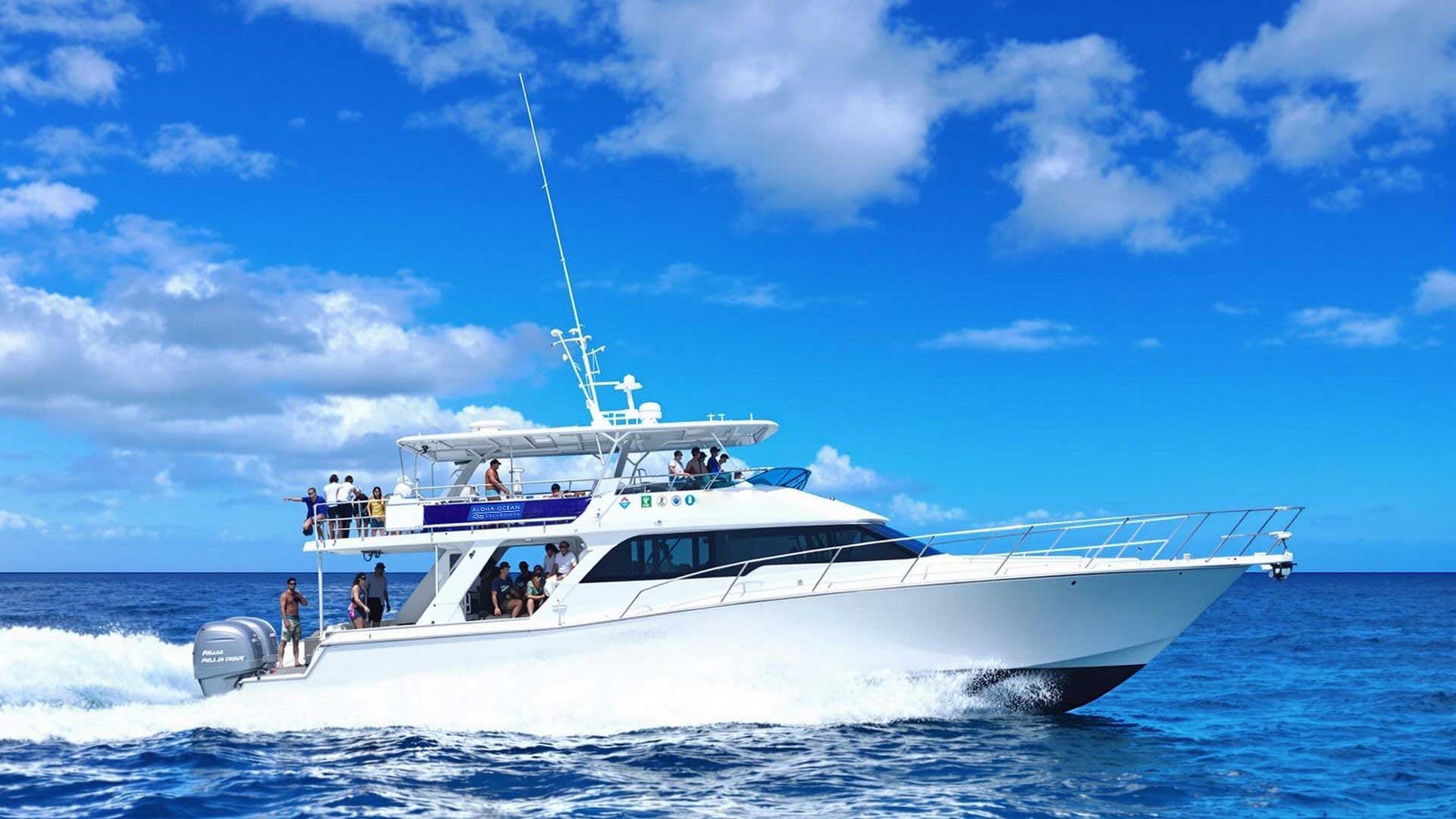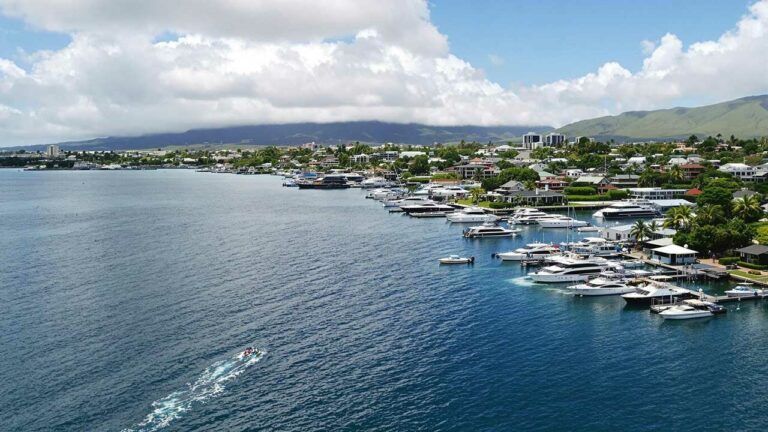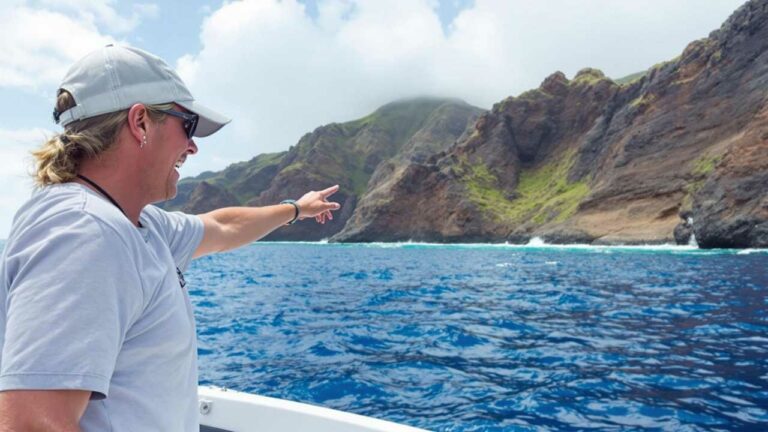Kona’s Marine Tourism Industry: The Role of Boat Tours in Supporting Conservation Efforts

Kona’s marine environment is a treasure trove of biodiversity, home to vibrant coral reefs, manta rays, dolphins, and other unique species that draw thousands of tourists annually. The region’s marine tourism industry, particularly boat tours, plays a pivotal role in showcasing this natural beauty while supporting conservation efforts. Tourism revenue generated by boat tours not only boosts the local economy but also funds vital programs aimed at preserving marine ecosystems. This article explores how boat tours in Kona contribute to conservation, combining education, funding, and sustainability practices to protect the region’s fragile environment.
Revenue Streams and Conservation Funding
Boat tours in Kona often charge fees or incorporate taxes specifically earmarked for conservation. A portion of ticket revenue, estimated at 5–10% per tour (roughly $4–$15 per ticket), contributes to programs supporting reef restoration, marine wildlife monitoring, and habitat protection. Additionally, many operators partner with organizations like Reef Check Hawaii and The Coral Reef Alliance, further funding initiatives that combat coral bleaching and marine pollution. These collaborations demonstrate how tourism dollars directly benefit conservation, ensuring the long-term health of Kona’s marine environment.
Marine Wildlife Protection
Revenue generated by Kona’s boat tour industry has funded several marine protection efforts, including coral reef restoration projects and the implementation of dolphin-safe tourism practices. For example, tour operators adhere to strict guidelines to prevent wildlife harassment, such as maintaining safe distances from dolphins and banning feeding practices that disrupt natural behaviors. One success story is the establishment of marine protected areas (MPAs) near Kona, funded in part by eco-tourism revenue. These MPAs have resulted in increased fish populations and healthier coral ecosystems, showcasing the tangible impact of tourism on conservation.
Education and Awareness
Kona’s boat tours also play a critical role in educating tourists about marine conservation. Guides often incorporate eco-conscious messaging during tours, teaching visitors about coral reef ecosystems, the impacts of climate change, and the importance of sustainable practices. For instance, guests learn to avoid harmful sunscreens containing oxybenzone, a chemical linked to coral bleaching. Some operators, such as Aloha Ocean Excursions, offer workshops or snorkeling excursions that emphasize protecting marine habitats. By raising awareness among tourists, these tours inspire more people to support and engage in conservation efforts.
The Sustainability Imperative
Balancing tourism growth with environmental preservation is a significant challenge for Kona’s boat tour industry. Increased visitor numbers put pressure on fragile ecosystems, threatening marine life and coral reefs. In response, the industry has adopted sustainable practices, such as limiting tour sizes, using electric-powered boats to reduce emissions, and enforcing stricter wildlife interaction guidelines. Additionally, operators are partnering with environmental agencies to monitor ecosystem health, ensuring tourism’s long-term viability. These proactive steps highlight the industry’s commitment to protecting Kona’s natural resources while maintaining its appeal to visitors.
Conclusion
Kona’s marine tourism industry is a prime example of how economic activity and conservation can coexist. By reinvesting tourism revenue into reef restoration, marine wildlife protection, and education, Kona’s boat tours actively contribute to preserving the region’s natural beauty. However, achieving sustainability requires ongoing collaboration between tour operators, environmental organizations, and government agencies. Protecting Kona’s marine assets is not only an ecological imperative but also essential to the future of the tourism industry itself, ensuring that generations to come can experience the wonders of its underwater world.


